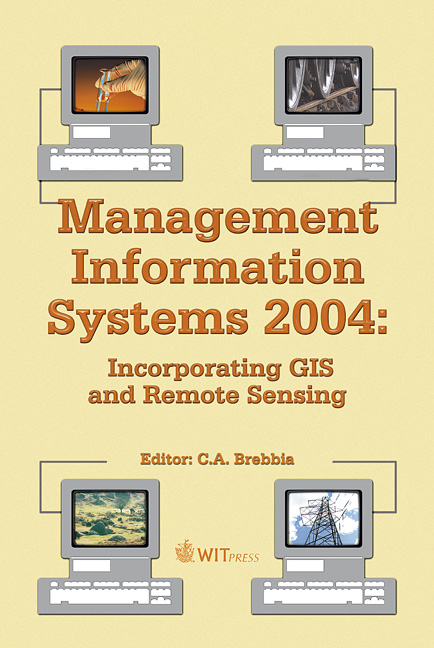Tracing Traffic Dynamics With Remote Sensing
Price
Free (open access)
Volume
32
Pages
9
Published
2004
Size
520 kb
Paper DOI
10.2495/MIS040301
Copyright
WIT Press
Author(s)
S. P. Hoogendoorn & H. J. van Zuylen
Abstract
Science has not yet been completely successful in explaining the various puzzling but interesting phenomena of congested traffic flows. The reasons that these phenomena are poorly understood are mainly due to the lack of adequate data needed to develop this theory. Common measurement methods collect only ‘snapshots’ of the situation (i.e. at a limited number of cross-sections, or a single, instrumented vehicle). Such data do not provide sufficient information to study the dynamics of individual drivers in their continuously changing traffic and roadway environment. This paper presents a new innovative traffic data collection system to detect and track vehicles from aerial image sequences. Besides the longitudinal and lateral positions as a function of time, the system can also determine the vehicle lengths and widths. Before vehicle detection and tracking can be achieved, the software handles correction for lens distortion, radiometric correction, and orthorectification of the image. Vehicle detection occurs approximately each tenth of a second, after which vehicles are tracked both forward and backward in time (10 frames in each direction). The resulting data redundancy is then used to improve accuracy and reliability of the traffic data. Post-processing furthermore entails using Iterative Extended Kalman filtering to improve data quality. The software was tested on data collected from a helicopter, using a digital camera gathering high-resolution monochrome images of a Dutch motorway near the city of Utrecht. From the test, it is concluded that the techniques for analyzing the digital images can be applied automatically without many problems, while nearly 100% of all vehicles could be detected and tracked. 1 Introduction The objective of the present study is to develop a data collection method to collect vehicle trajectories (longitudinal and lateral position of the centre of the
Keywords





